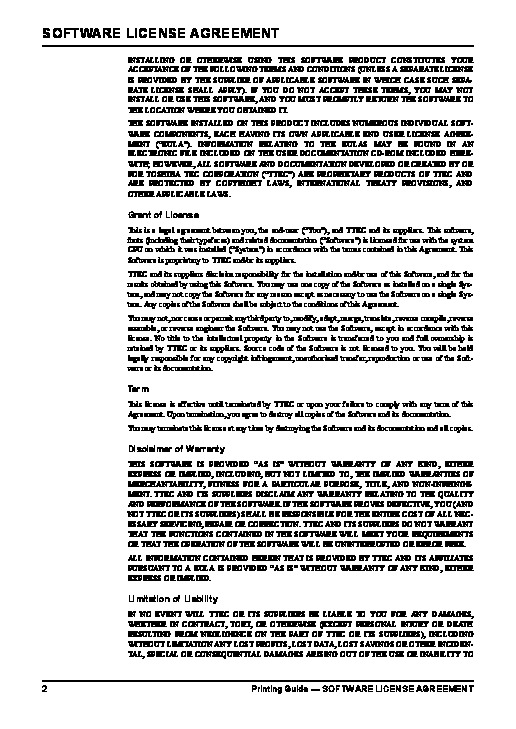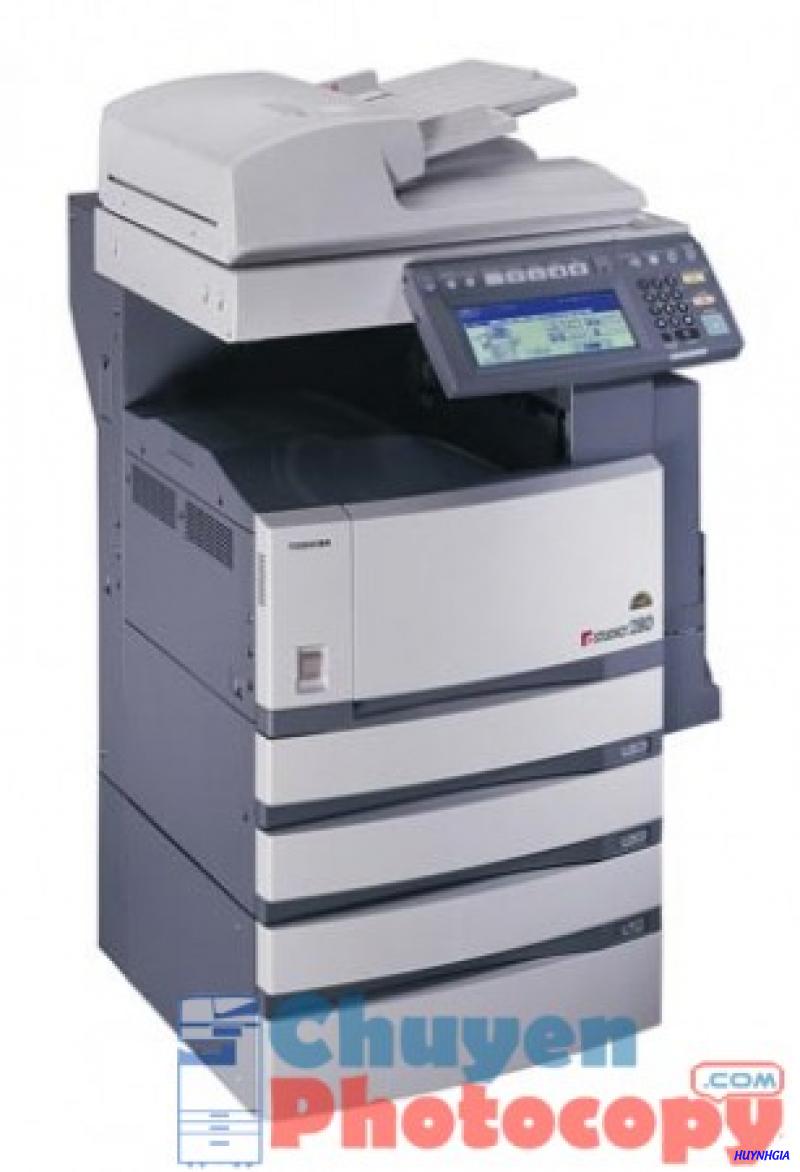Toshiba E Studio 450 Driver For Mac

- Toshiba E Studio Driver Download
- Toshiba E Studio 450 Drivers For Mac
- Toshiba E Studio 450 Driver For Mac Free
Driver DLL Toshiba e-Studio 280CP driver download Model: e-Studio 280CP Vendor: Toshiba Category: Printer OS: Mac Download DriverUpdaterPro to get the most current drivers for your computer. Fully compatible official drivers are the only means that guarantees optimal system performance and stability. If you are not sure if a driver is compatible with your equipment, install a program that will find 100% compatible drivers for your hardware.
We recommend using UpdateMyDrivers for this purpose. If this driver didnt work for you, please use the search function. Our database contains over 20000 drivers for various devices. If the driver you need is not in the database, please send us an email and we will do our best to find it for you as soon as possible. File name: es280coMacOSX.sit File size: 0 bytes (0 bytes) Downloads: 193 Uploaded: August 22nd, 2011, 09:12PM UTC MD5: db70eafdeaf0358185f157 SHA1: b84d0b6c247b35236be2c706cf34a079e1e0e198 Rating Value: 4.1 Rating Count: 233 Price: 0.0 We use special protection of our files to prevent automatic copying. On the next page, enter the code shown in a picture.
The download will only start if the code was entered correctly. Driver files are usually supplied either as an installation file or a compressed archive.
In the first case, you only need to launch the installation file, while the second scenario allows you to unpack it and follow the instruction included in the archive. This file was last checked for viruses less than 6 hours ago. We used AVG to check the file. Copyright © 2005-2017 www.DriversKit.com All rights reserved.
Driver Issues The drivers posted on software.lbl.gov are universal drivers and do not work as well as 32-bit and 64-bit drivers. Staff who use LBL Active Directory print servers (LBLPrint1, LBLPrint2, LBLPrint3) do not have to be concerned; both 32-bit and 64-bit PS and PCL6 drivers are installed when adding the Toshiba eStudio 23XX-45XX models. Please note that the drivers are the same for the models 23XX-45XX. Drivers Drivers for 181, 182, and 242 are all the same, pick the e-Bridge driver for the 242 GA-1190/1192 Drivers for the 451, pick the eBridge 451 Drivers for 23XX-45XX are all the same, pick the driver for the 4520 Copier Settings Networking items that should be disabled. SMB Session. SLP Session.
Web Services Installation procedures. Obtain current Toshiba information a. IP Address - has been the old Kyocera scanner ip address rather than the printer ip address b. Contact Info d. Division, Department, Group Info.
Discover if there is a corresponding scanner or printer ip address for the old Kyocera. Go to and request the deletion of the old Kyocera ip address that is not being used. Please note that I have had an issue with submitting multiple requests on this new network ip request page. So I need to log out and log back in to send the next request. Pain I know, but networking knows about it and is addressing.
Go to and request a change in hostname for the ip address that was applied to the Toshiba. I have also found that the room number has changed and the contacts have also changed for these printers. I am following the format of as an example. Log into the Toshiba using the ip address and make all the appropriate changes: On the General Page - a. Add location b. Add group admin contact email address On the Network page a. TCP/IP should be static with the proper ip address, subnet mask and gateway added b.
Toshiba E Studio Driver Download
Filerting should be disabled c. IPv6 should be disabled d. IPX should be disabled e. AppleTalk should be disabled f. Bonjour can be enabled, enter the name of the copier/printer (IT-DIV-COPYPRNT) in the Link-Local Host Name g. DNS Session should be enabled with the proper DNS server information, currently ns.lbl.gov h.
DDNS Session should be disabled but you can put in the hostname for the copier just in case it gets enabled i. SMB Session - if enabled allows file sharing of copier hard disk, if disabled no file sharing 1) If enabled, leave workgroup as workgroup 2) Enter primary and secondary wins servers j. Netware should be disabled k. HTTP Network Service should be enabled 1) Enable HTTP Server set to Enable 2) Enable SSL set to Disable 3) Primary Port Number set to 80 4) Secondary Port Number set to 8080 5) SSL Port Number set to 10443 l. SMTP Client is enabled 1) Enable SMTP Client set to Enable 2) Enable SSL set to Disable 3) SSL/TLS leave blank 4) SMTP Server Address set to 5) Pop Before SMTP is set to disable 6) Authentication is set to disable 7) Login Name is blank 8) Maximum Email set to 30MB 9) Port number set to 25 10) SMTP Client Connection Timeout set to 30 Seconds m. SMTP Server is disabled n.
POP3 Network Service is disabled o. SNTP Service is disabled p.
FTP Client default port number is set to 21 q. FTP Server is set to disabled r. SLP Session is set to enabled 1) TTL is set to 8 2) Scope is set to default s. SNMP Network Session set to enable with default settings 1) Enable SNMP V1/V2is set to Enable 2) Read Community is set to public 3) Read Write Community is set to private 4) Enable SNMP V3 is set to Disable t. Security Service is set to Not Installed u.

Toshiba E Studio 450 Drivers For Mac
Web Services Setting is set to defaults v. LLTD Session 1) Enable LLTD is set to enable 2) Device Name is set to your copier/printer (IT-DIV-COPYPRNT). Add the printer port to a print server using the generic hostname. Create the PS printer object using the 32-bit driver and add the additional 64-bit driver a. Set the correct device settings, note the finishers, hole punch, duplex, etc. Don't forget to publish the printer object. Create the PCL6 printer object using the 32-bit driver and add the additional 64-bit driver a.
Toshiba E Studio 450 Driver For Mac Free
Set the correct device settings, note the finishers, hole punch, duplex, etc. Don't forget to publish the printer object Additional Security procedures In environments where the Toshiba is used to copy or scan documents with PII or producent to protect information, we recommend this additional configuration. This configuration promotes scanning the documents as a pdf to a local attached USB key. The configuration below allows this to be done in the most secure manner. Change the default password.
The toshiba default username is 'admin' and the default password is '. The password should be changed otherwise it is trivial for any of the additional configuration below to be changed. Administration - Setup - General. Administrator's Password: Contact or Key Operator for password convention.

Enable IP filtering so the device can only be accessed from LBNL networks.